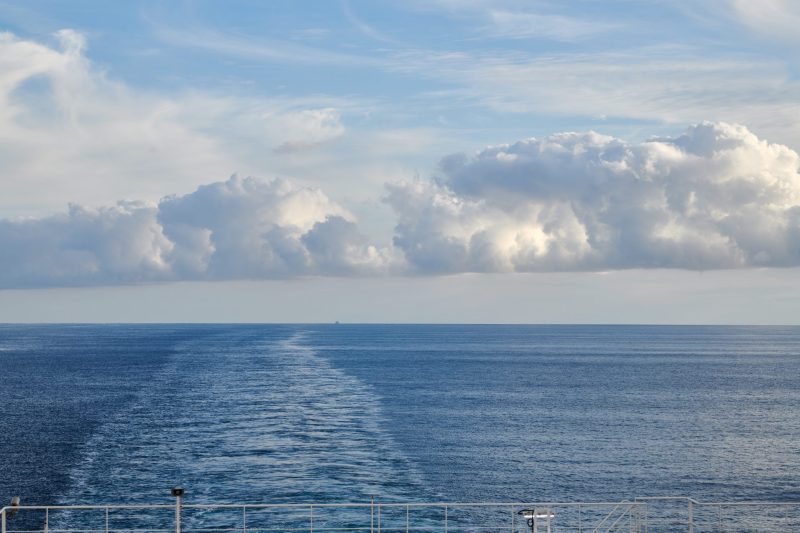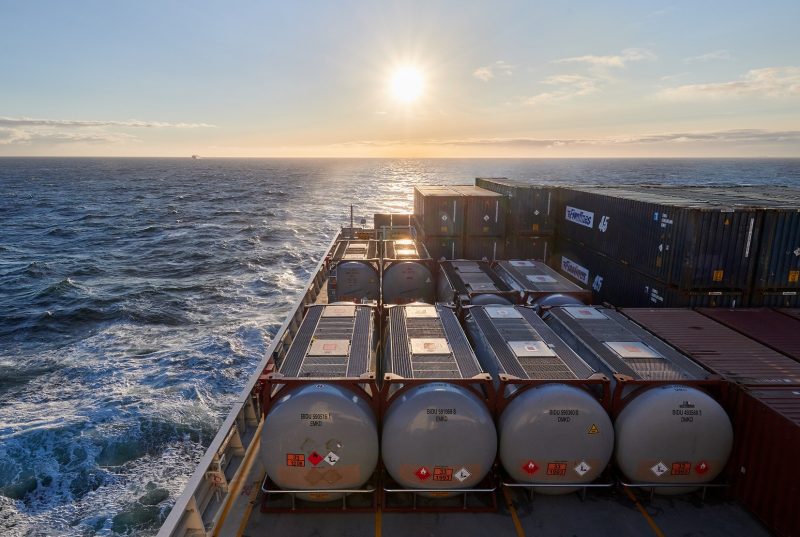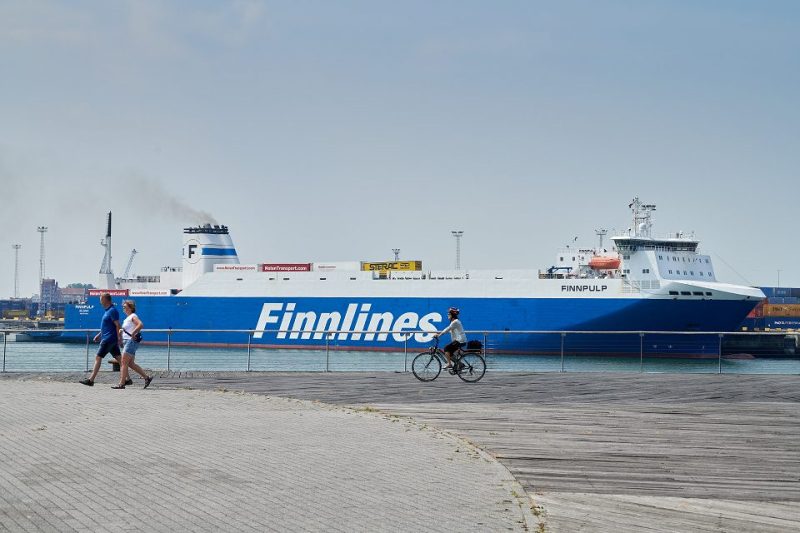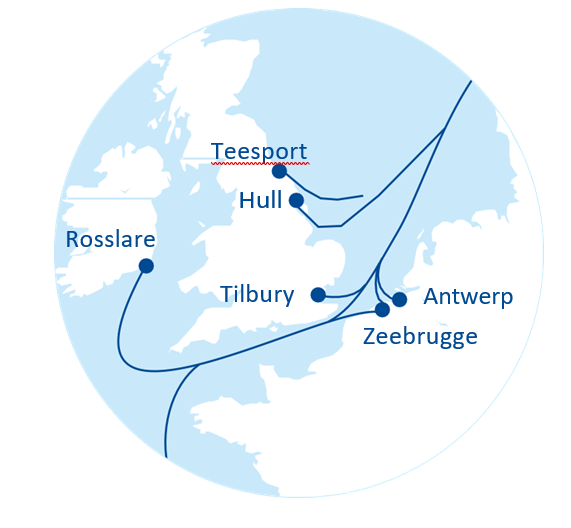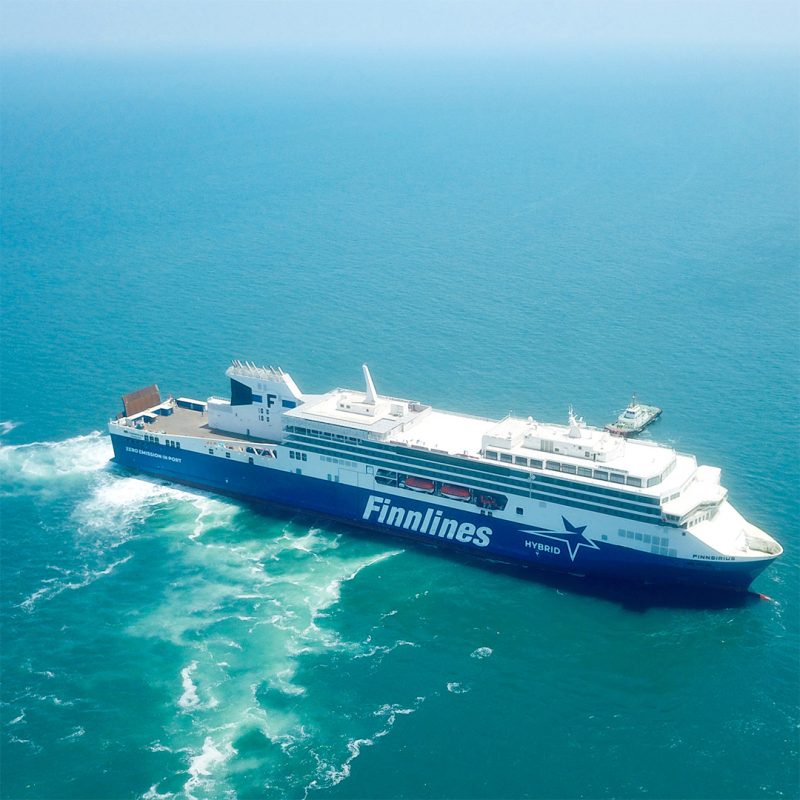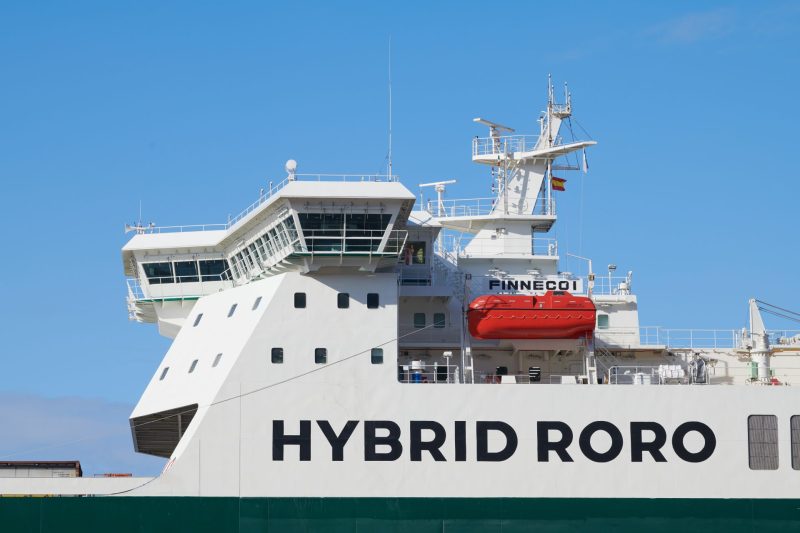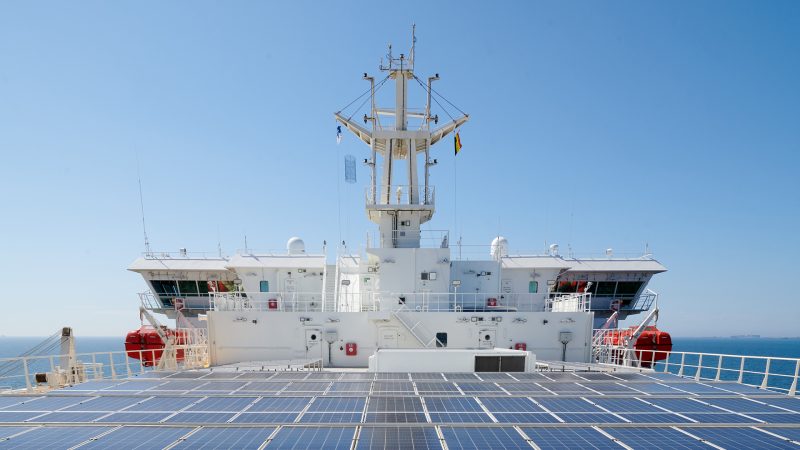Green News: Onshore power
Sustainability is a core element of our business. We have done a lot to ensure sustainability and worked hard to reduce our environmental effects. In the future, maritime decarbonisation will bring big changes into our operations and fleet. At the same time, we think small actions can make a big difference on climate change.
Onshore power – Clean energy from the grid
The shipping industry focuses increasingly on energy conservation and emission reduction. One step ahead is to install an onshore power connection, also called cold ironing or shore-side electricity, which means that power is provided from a land-based source to a vessel at berth.
Finnlines is in the process of applying this clean energy solution, first on the three Star-class ro-pax vessels, later on the Superstar newbuilds. The installations have proceeded furthest on the Finnmaid, but the other two vessels will follow.
Testing, like the harbour acceptance test, will take place after the summer.
Once the project has been completed and drawings and tests have been approved, it should not take more than some 20 seconds to connect the vessel to the grid. “When the system works as anticipated, all that must be done is to push the button,” says Petri Leino, technical superintendent for the three vessels. One of the deckhands will connect the cable and one of the engineers will operate the automation system onboard.
The ports of Travemünde and Helsinki have both promoted onshore power for many years and will complete their installations ashore. The FuelEU Maritime Initiative will require passenger and container ships to use onshore power supply at berth unless they can demonstrate the use of an alternative zero-emission technology. The EU member states should ensure availability of onshore power by 1 January 2030.
Onshore power reduces air emissions and noise. The running hours of auxiliary engines will also decline.
